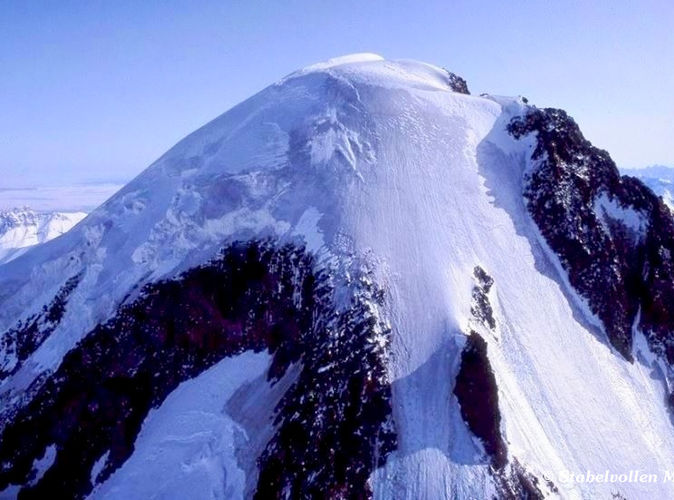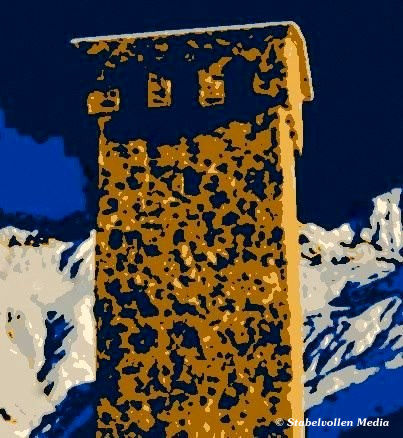
The full World Championship match results:

Get rythm (Joaquin Phoenix / Johnny Cash)
Hey get rhythm when you get the blues
C'mon get rhythm when you get the blues
Get a rock and roll feelin' in your bones
Get taps on your toes and get gone
Get rhythm when you get the blues
A little shoeshine boy he never gets lowdown
But he's got the dirtiest job in town
Bendin' low at the people's feet
On a windy corner of a dirty street
Well I asked him while he shined my shoes
How'd he keep from gettin' the blues
He grinned as he raised his little head
He popped his shoeshine rag and then he said
Get rhythm when you get the blues
C'mon get rhythm when you get the blues
Yes a jumpy rhythm makes you feel so fine
It'll shake all your troubles from your worried mind
Get rhythm when you get the blues
Get rhythm when you get the blues
Get rhythm when you get the blues
C'mon get rhythm when you get the blues
Get a rock and roll feelin' in your bones
Get taps on your toes and get gone
Get rhythm when you get the blues
Well I sat and listened to the sunshine boy
I thought I was gonna jump with joy
He slapped on the shoe polish left and right
He took his shoeshine rag and he held it tight
He stopped once to wipe the sweat away
I said you mighty little boy to be a workin' that way
He said I like it with a big wide grin
Kept on a poppin' and he'd say it again
Get rhythm when you get the blues
C'mon get rhythm when you get the blues
It only cost a dime just a nickel a shoe
It does a million dollars worth of good for you
Get rhythm when you get the blues
For the good times (Kris Kristofferson)
Don't look so sad. I know it's over
But life goes on and this world keeps on turning
Let's just be glad we had this time to spend together
There is no need to watch the bridges that we're burning
Lay your head upon my pillow
Hold your warm and tender body close to mine
Hear the whisper of the raindrops
Blow softly against my window
Make believe you love me one more time
For the good times
I'll get along; you'll find another,
And I'll be here if you should find you ever need me.
Don't say a word about tomorrow or forever,
There'll be time enough for sadness when you leave me.
Lay your head upon my pillow
Hold your warm and tender body Close to mine
Hear the whisper of the raindrops
Blow softly against my window
Make believe you love me
One more time
For the good times
STABELVOLLEN MEDIA


Copyright for all guest photoes, artwork and music solely belongs to the artists.
All other resources: (c) Stabelvollen Media
Promoting a Georgia - Norway Friendship Society
Knut Hamsun's journey in the Caucasus in 1899.
Text : Eistein Guldseth, 2008
Photoes : Eistein Guldseth, Kyrre Johannesen.
Entering Georgia from Vladikavkaz by Old military road.
The Norwegian nobelprice awarded writer Knud Hamsun wrote his famous novel “I Æventyrland – opplevet og drømt i Kaukasien” in 1899 during his travel from Finland via St.Petersburg through Vladikavkaz to Georgia and Azerbaijan. The trip was founded by a Governmental scholarship from Norway.
Much can be said about his observations and descriptions of Georgians, but he really did not quite understand the Georgian culture. If you read his book, he cleverly hide behind the subtitle ”experienced and dreamt in Caucasus”. That saves him to a certain extent. When he writes about Moslems in Khazbegi eating horse meat he is fantasizing. There has never been any Moslems in Khazbegi, and no Georgian eats horse meat. I got that verified by Georgian historians. His novel is superficial concerning the Caucasian culture; he spends his pages mostly discrediting jews and Armenians and his Russian travel company. I don’t really think he really grasped the concept of Georgian culture at all. That said, the novel is a masterpiece. An entertaining mixture of observations, lies and fantasies. Finally I must apologize for my translations of Hamsuns writings.
Reflecting over his own childhood in Northern Norway.
The meeting with the Caucasians made a deep and everlasting impression on Hamsun. The same did the wild and extreme nature. It’s in his meetings with humans and nature in the Caucasian mountains where he finds time to reflect over his own childhood as shepherd in the Northern Norway, a part of Norway that resembles Caucasus in some ways. He compares his own upbringing with the Caucasians. It’s in these mountains Hamsun dreams most vividly, and imagine himself with some self-irony as the great scientist assisting science with new anthropological findings, and the local Caucasians with new and modern thoughts. He feels both far away and home at the same time, as he says.
Facing God in Khazbegi
Hamsun traveled the old military road from Vladikavkaz in Russia and to Tbilisi in Georgia. The route goes through the Caucasus and has a rise of 3000 meters. No wonder his carriage needed four horses to make it up the mountains. The roads were then dangerously bad. His first meeting with Georgia was Mount Khazbeg, one of the highest mountains in Central Caucasus. The White Bride reaches 5047 meters up in the sky, and gives an everlasting impression. As Hamsun writes:
"Suddenly after a sharp turn, a big gap opens to the right and we see quite close to us the ice peak of Kasbeg with its glaciers sparkling white in the bright sun. It stands close to us, silent, tall and mute. A strange feeling rushes through us, the mountain stands there like it has grown out of the others, it is like a creature from another world standing there looking at us [..] It is like I am facing God”.
He spends a night in now Stephansminda, right beneath Mount Khazbeg, then continues over the mountains along the Alazani river and towards Tbilisi. The road winds upwards the mountains from Khazbegi, and downwards along deep ravines after passing the highest point of his route. He complains about the dangerous road, and having been there I must say he’s quite right. The long slope to Tbilisi gives him time to reflect on his impressions:
“I am sitting here thinking, now as I roll forth in a carriage on a broad road in the Caucasus. Everything is so strange inside me, I feel I could put down roots her, and be so wonderfully away from the world.”
Finally "Tiflis" and Hotel London.
Hamsun holds great respect for the big Russian writers, and his goal with his journey is partly to experience what
they did. So, after a lot of cursing over his Russian horseman he approaches Tbilisi:
”This is then Tiflis, which so many Russian writers have written about and so much in the Russian novel
has happened.”.
He choose the Hotel London in the center of Tbilisi as a base for his expedition into Old Tbilisi, the trading
center for Armenians, Georgians, Arabs and Jews. His vivid descriptions of this environment can only be read in
the original language to be just. But a lot of Georgians has read his books as they are also translated into Georgian. How much appreciated his works are, can be seen on the front entrance of the building that earlier was Hotel London today. It’s not a hotel anymore, but still like it was at the time Hamsun stayed there. On the entrance you find this sign:
The plaque is put up by the Hamsun Society in Tbilisi. It counts more than one hundred members. The leader is Olga Zhghenti, which also has produced the documentary Hamsun Caucasian Mysteries. But the neighboring building has a surprice. Another Norwegian made it to the wall of fame there: The writer and notorious femme fatal Dagny Juel was shot there in 1901, 2 years later.
To Baku and then Batumi by the Black Sea
From Tbilisi Hamsun traveled to Azerbadijan and Baku and back to Tbilisi again. His next goal was Batumi by the Black Sea. He was in awe over the modern and lively city. Especially the beach promenade caught his attention:
"Batumi has also its promenade. By sunset the beach boulevard swarms of people driving or strolling. Here’s prancing horses, booming silk and parasols, and smiles and greetings just like in a South American city.".
The style hasn’t changed much from those days. The beach boulevard is every night filled with tourists and locals prancing around showing off, or looking curiously at each other in a relaxed and friendly atmosphere. The straight boulevard is some 3-4 kilometers long, cutting through an area filled with casinos, discotheques and restaurants.
An everlasting impression.
Hamsun's journey in the Caucasus made a big impression on him, and is regarded as having greatly influenced his later works. Even for modern travelers it is obvious what caught Hamsun's mind, what captured his soul. You feel like you stand face to face with God under Mount Khazbegi, and the athmosphere in Batumi is still very South American. And the feeling of being away from the world. It can still be found up in the mountains. But ther's so much more. It needs to be experienced.




























